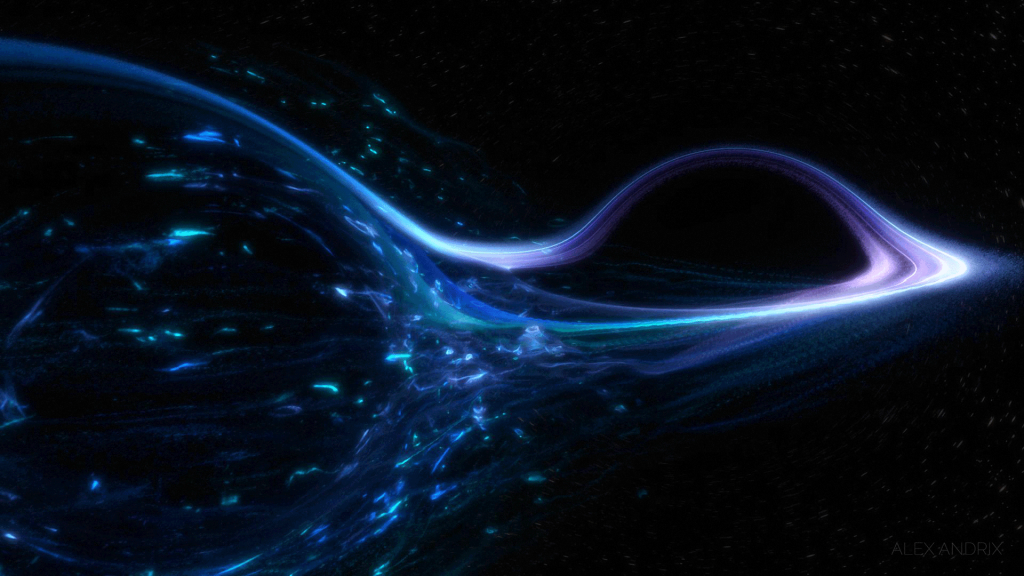Gravitational Waves Universe

Gravitational waves are ripples in spacetime: Albert Einstein first predicted them in 1916, as a consequence of his theory of General Relativity. Gravity then is explained as a consequence of spacetime curvature generated by the presence of mass- energy. The deformations of spacetime can become waves, the gravitational waves, which travel at the speed of light, propagating through the universe.
Human-made gravitational waves are always negligible: for detectable gravitational waves we need to look at the sky to detect the effects of heavy bodies in fast motion. Possible sources of gravitational waves include: merging binary systems of black holes or neutron stars; supernovae explosions; starquakes; black-hole oscillations; spinning neutron stars. Virgo also aims to detect the incoherent sum of numerous gravitational waves which cannot be distinguished individually, forming a gravitational wave background. Furthermore there is also the chance to detect gravitational waves from unexpected sources, which we are not able to foresee.
After many decades of scientific and technological developments, on the 14th of September 2015, the LIGO and Virgo Collaboration finally observed a gravitational wave signal for the first time, using data from the two Advanced LIGO detectors, at Hanford and at Livingston. That first gravitational wave signal ever, coming from the merger of two black holes, is known as GW150914 – the gravitational wave signals are named based on the date (YYMMDD) they are recorded.
The first major detection involving data from the Advanced Virgo detector, together with those of the two LIGOs, happened on 14th of August 2017 and, hence, is named GW170814. Three days later the three detectors network observed the first ever gravitational signal from the merger of two neutron stars, the famous GW170817: this signal was detected in time coincidence (with a delay of just 1.7 seconds) with a short flash of high energy photons (short gamma ray burst) observed by the Fermi and INTEGRAL satellites. This landmark discovery of gravitational waves and light from the same source gave birth to the so-called multi-messenger astronomy.
In the whole observation periods of Virgo and LIGO, a total of 90 gravitational waves have been detected: they were emitted by the coalescences of relativistic compact objects, most frequently (but not exclusively) by systems composed of two black holes (BBHs) orbiting around one another until they merge. We observe the gravitational waves emitted in the last few orbits of the inspiral, and then their coalescence with the formation of a single, heavier, black hole.